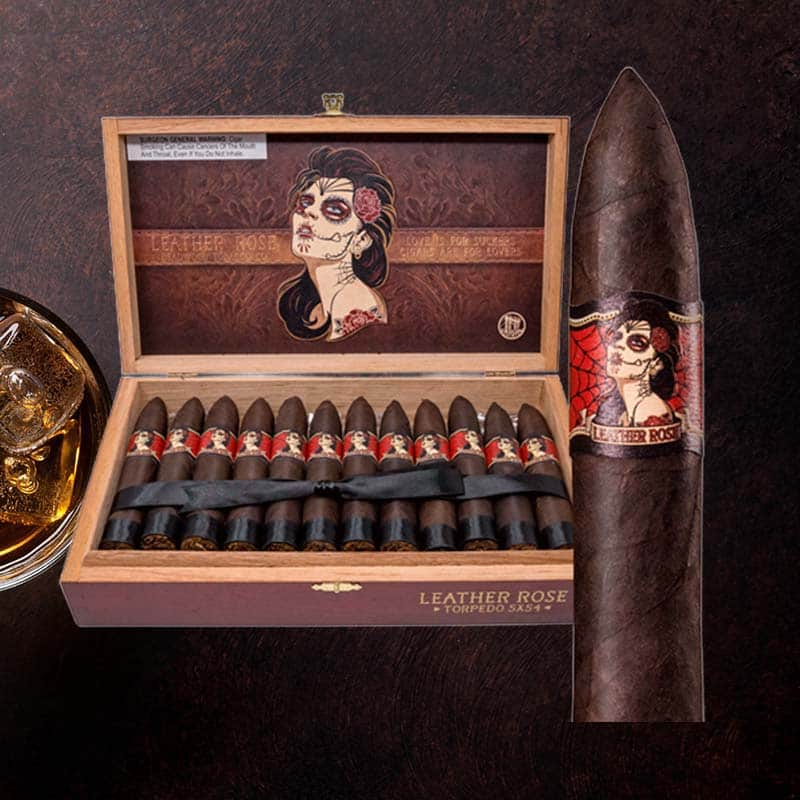How to draw a torch ligh
As an artist, I often find myself enchanted by the simple beauty of everyday objects. One particular object that has always fascinated me is a torch light. The way it illuminates its surroundings and creates shadows is truly mesmerizing. Drawing a torch light not only allows me to express my creativity but also to play with light and shadow. In this guide, I will take you through the steps of how to draw a torch light, filled with emotions and details that will inspire you to grab your pencil and sketchpad!
Materials Needed
- Pencil
- Eraser
- Paper
- Colored pencils or markers
- Blending stump (optional)
Step 1: Sketching the Basic Shape

Drawing the Outline
To start, I begin with a light hand, sketching the outline of the torch. I typically draw a long rectangle for the handle and a wider shape for the head. It’s important to maintain correct proportions; think about how a real torch feels in your hand. This step sets the foundation for everything to come. I allow my imagination to take over, envisioning how this torch will fit into a darkened room.
Step 2: Adding Details

Creating the Light Beam
Next, I focus on the light beam. This is the part that breathes life into the drawing. I draw a series of lines radiating from the torch’s opening, tapering towards the end, creating that magical glow. It feels like I’m capturing the essence of light itself. I often think about the scenarios where such a torch would be used—perhaps a camping trip or an adventure in a dark cave. This adds a layer of excitement to my drawing.
Step 3: Adding Shading
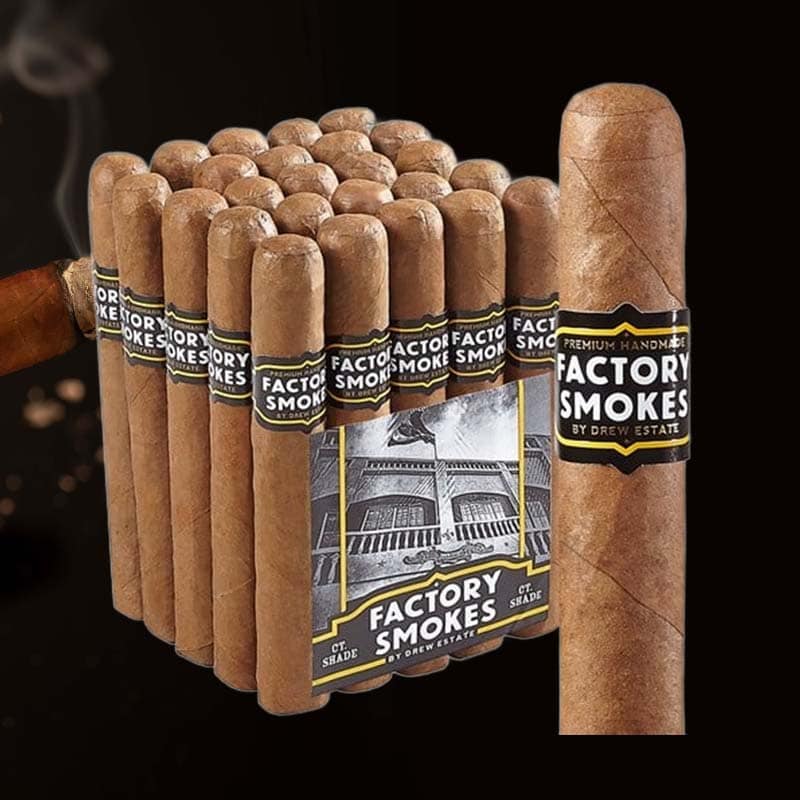
Shading Techniques
Shading is where the magic happens. I often use hatching and cross-hatching to create a sense of depth. Holding the pencil at various angles helps me achieve that soft gradient effect. I make the side of the torch opposite the light source darker, giving it a three-dimensional appearance. This technique not only enhances realism but also allows me to feel the texture and weight of the torch through my drawing.
Step 4: Coloring Your Torch Light
Choosing the Right Colors
When it comes to colors, I enjoy selecting warm hues for the light and natural tones for the torch itself. Applying a soft yellow or orange for the light beam contrasts beautifully with shades of brown or black for the torch. It almost feels as though I’m painting a scene from an adventure, where light battles darkness. I use colored pencils for finer details, ensuring vibrancy in my artwork.
Step 5: Final Touches
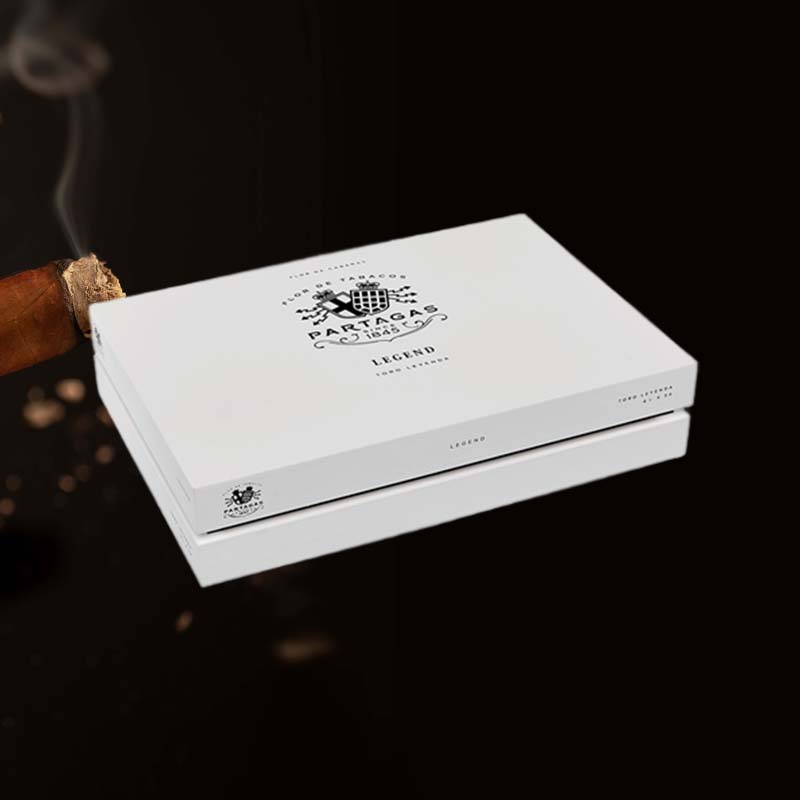
Adding Highlights and Texture
At this point, I step back and admire my work before making final adjustments. Adding highlights with a white pencil or gel pen brings the torch to life. I love the way those tiny gleams can change the entire mood of the drawing. Texture is essential, so I sometimes lightly scratch the paper for an added effect, which makes the torch appear even more realistic.
Common Mistakes to Avoid
Tips for Better Results
Through my experience, I’ve learned to avoid over-complexity. Keeping it simple often leads to better results. I advise paying attention to proportions and ensuring that the light beam appears luminescent rather than flat. Regular practice makes perfect, and don’t forget to have fun while you draw!
How to Draw Variations of Torch Lights
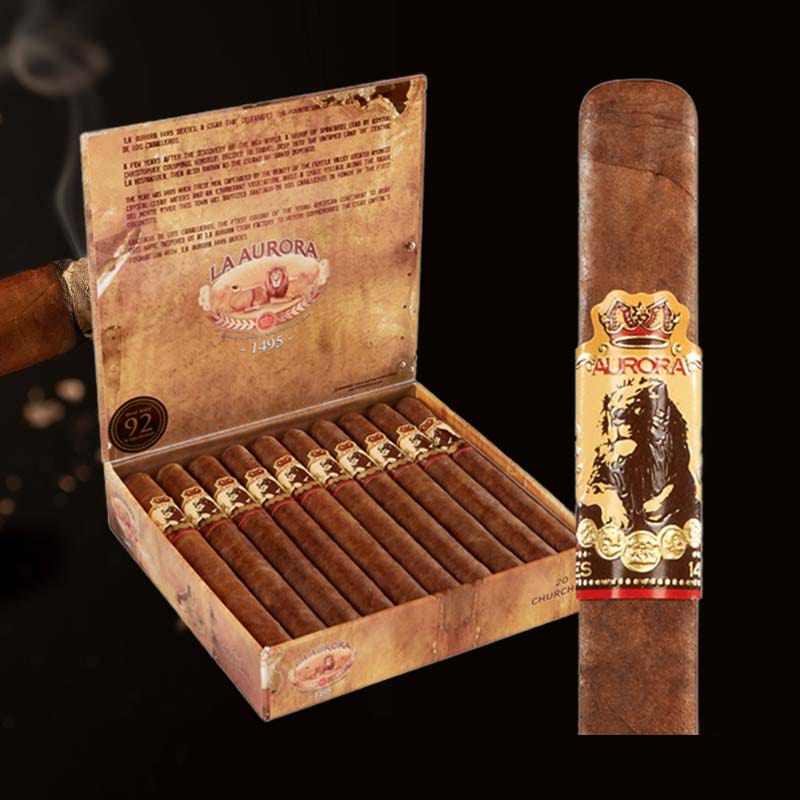
Different Styles and Designs
Exploring different styles of torch lights can be incredibly fun! I love experimenting with vintage lanterns, modern flashlights, or even magical fantasy torches. Each design presents unique challenges and allows me to express different themes—such as adventure or nostalgia. I often imagine scenarios where each type of torch would be used, deepening my engagement with the art.
Flashlight Drawing Techniques

Advanced Drawing Tips
For those looking to elevate their flashlight drawings, I recommend incorporating elements like reflections and shadow play. Observing how light interacts with different surfaces can open up new dimensions in your work. If you embrace these advanced tips, your drawings will transform, giving viewers a sense of wonder.
How to Improve Your Drawing Skills

Practice Exercises
In my journey as an artist, practice has been a constant companion. I often set aside time to do quick sketch exercises of different light sources. Focusing on specifics, such as the texture of the torch or variations in light intensity, helps refine my skills. I encourage you to dedicate a part of your day to drawing!
Conclusion
Recap of Key Steps
To recap, drawing a torch light involves understanding its shape, creating the light beam, shading effectively, selecting the right colors, and adding those all-important final touches. Each step contributes to capturing its essence, allowing you to explore your imagination and artistic expression.
FAQs on Drawing Torch Lights

Frequently Asked Questions
How do you make a simple torch light?
To make a simple torch light, I start with a cylindrical handle and a head, followed by adding a light beam. Best to keep it basic for beginners.
How do you draw a flashlight beam?

I draw a flashlight beam with lines that taper outward, ensuring they get softer towards the edges, simulating light dispersion.
How do you draw easy lights?

To draw easy lights, I use circular shapes and simple lines. I focus on the core and allow imagination to lead the light effect.
How do you draw glowing light?
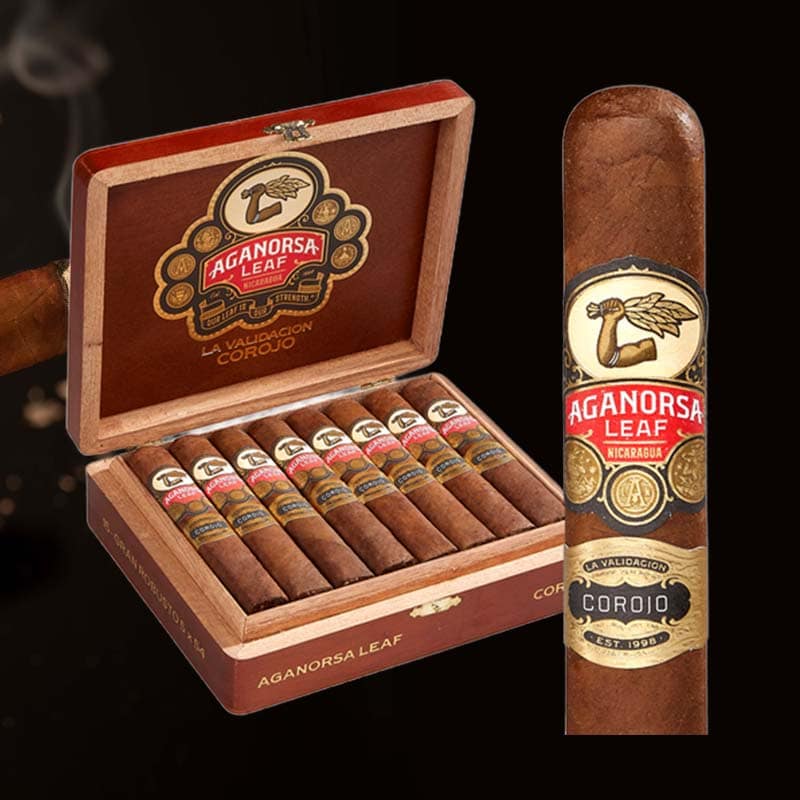
For glowing light, I add soft outer rings of color, usually yellow to orange, and blend them inward for a ethereal effect, creating luminosity.
Further Resources
Recommended Tutorials and Books
For those eager to learn more, I recommend “Drawing Light and Shade” as a fantastic resource. You can also find various video tutorials on YouTube that break down drawing techniques effectively.
